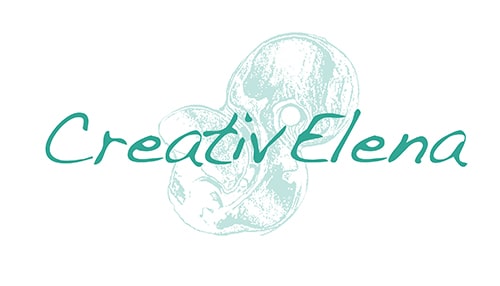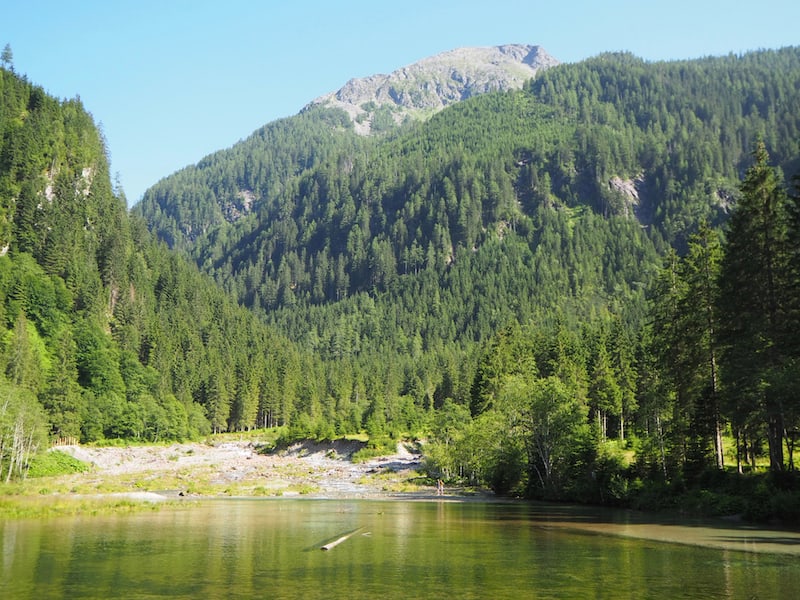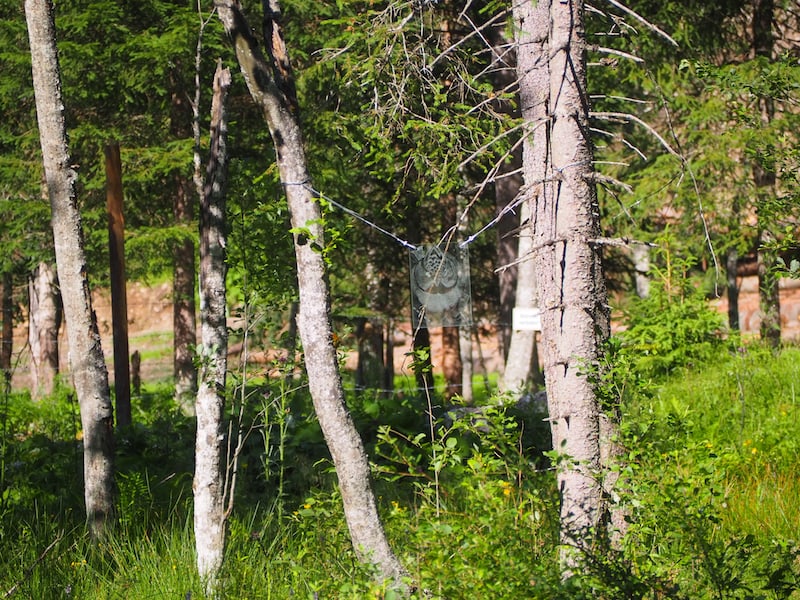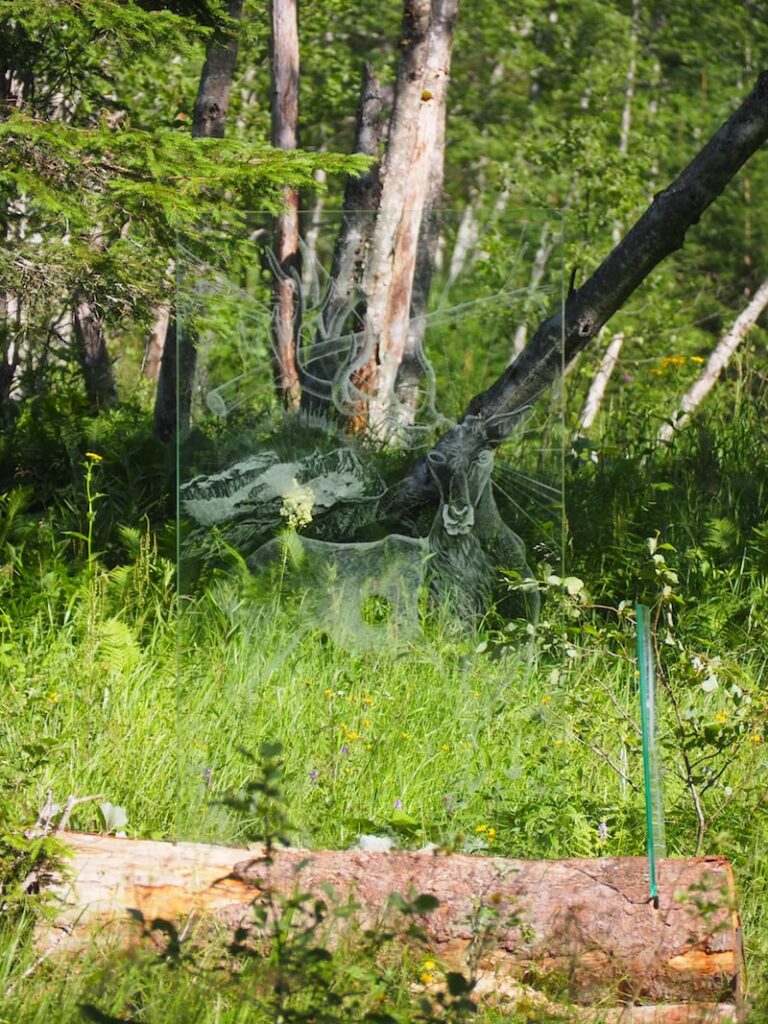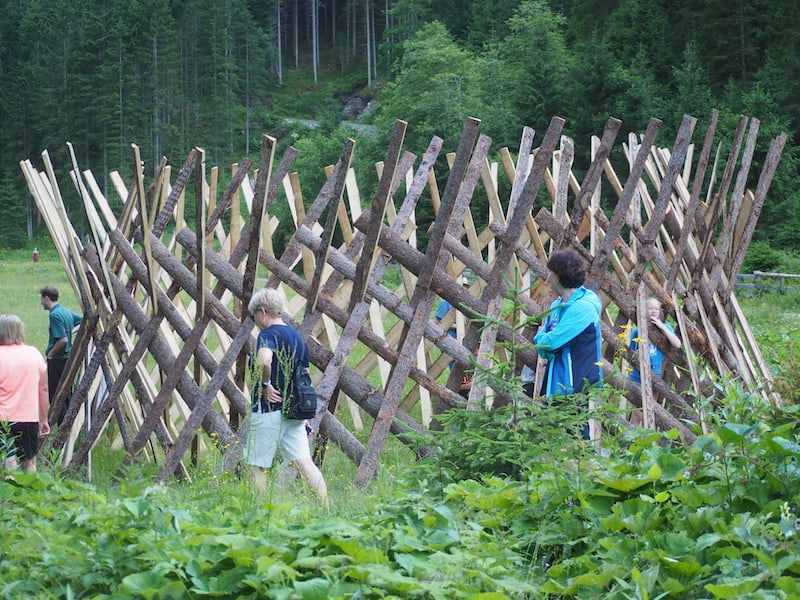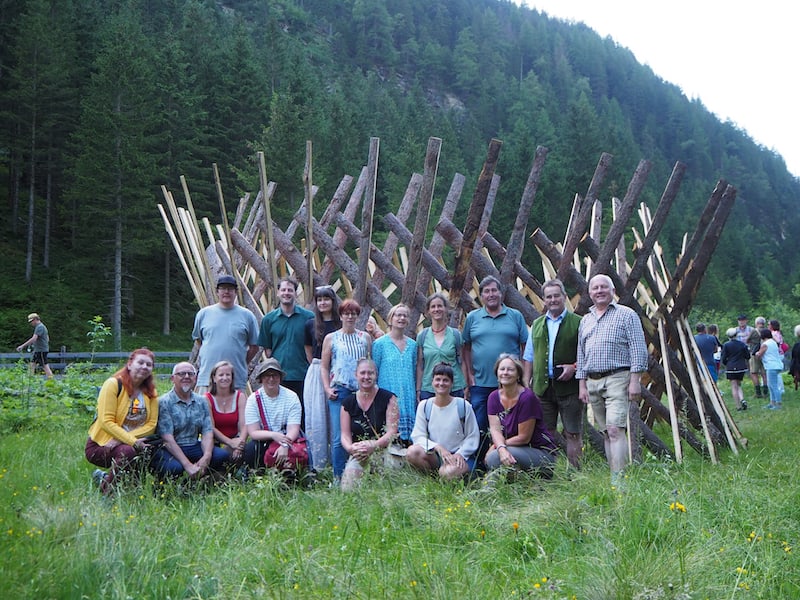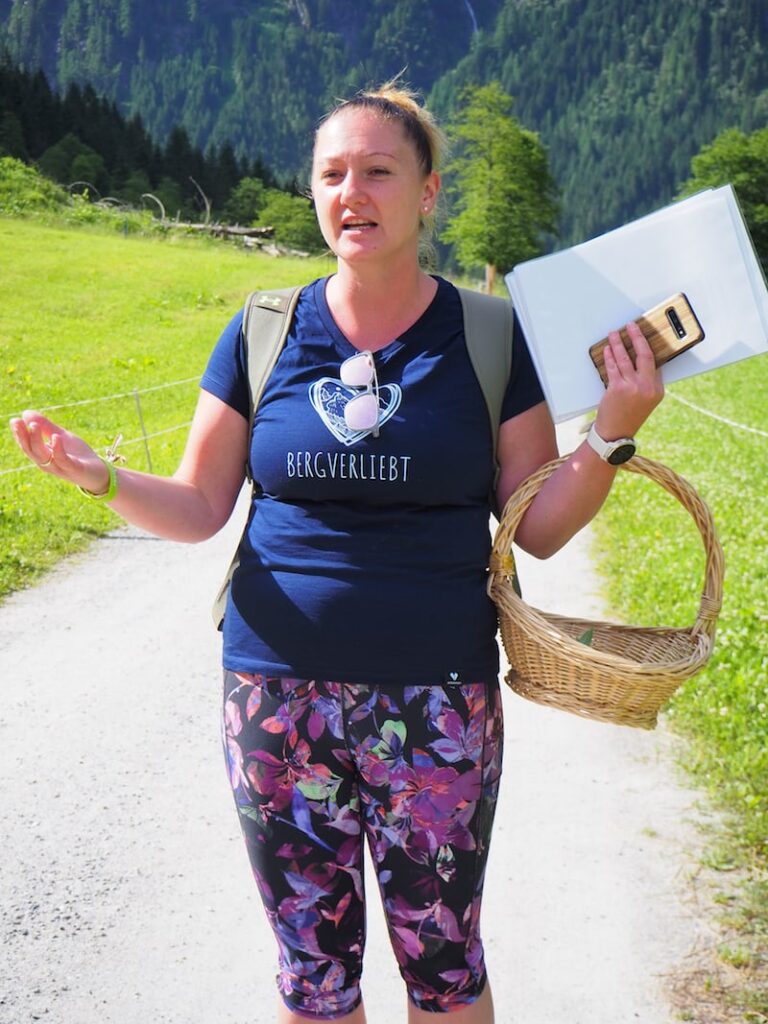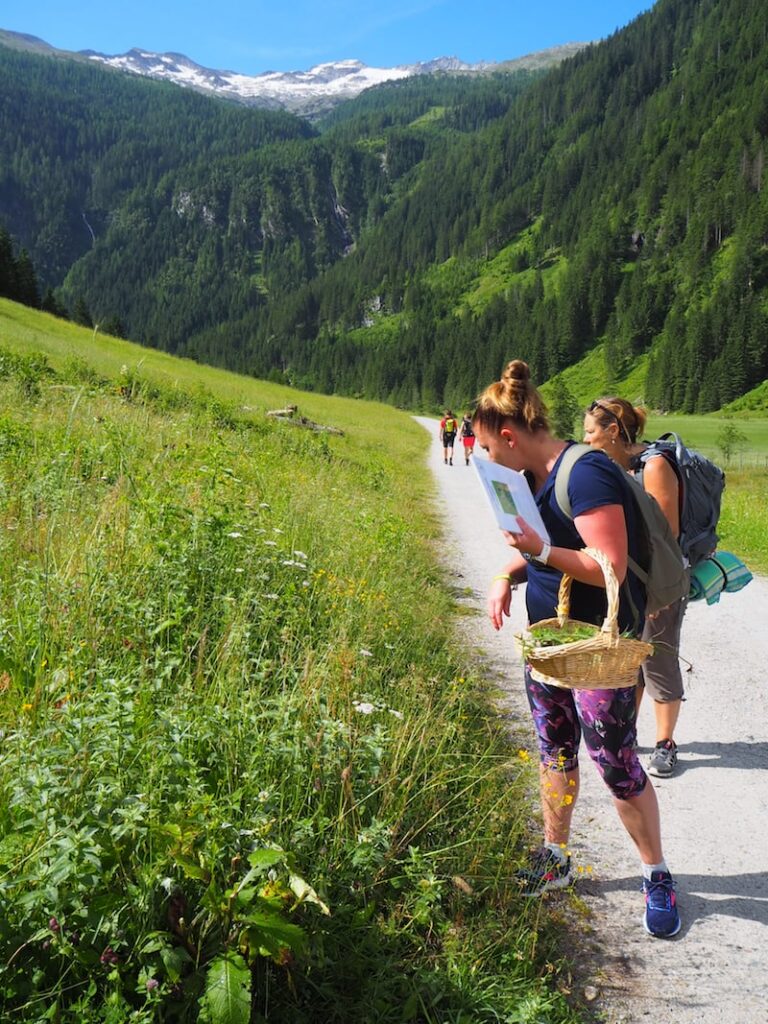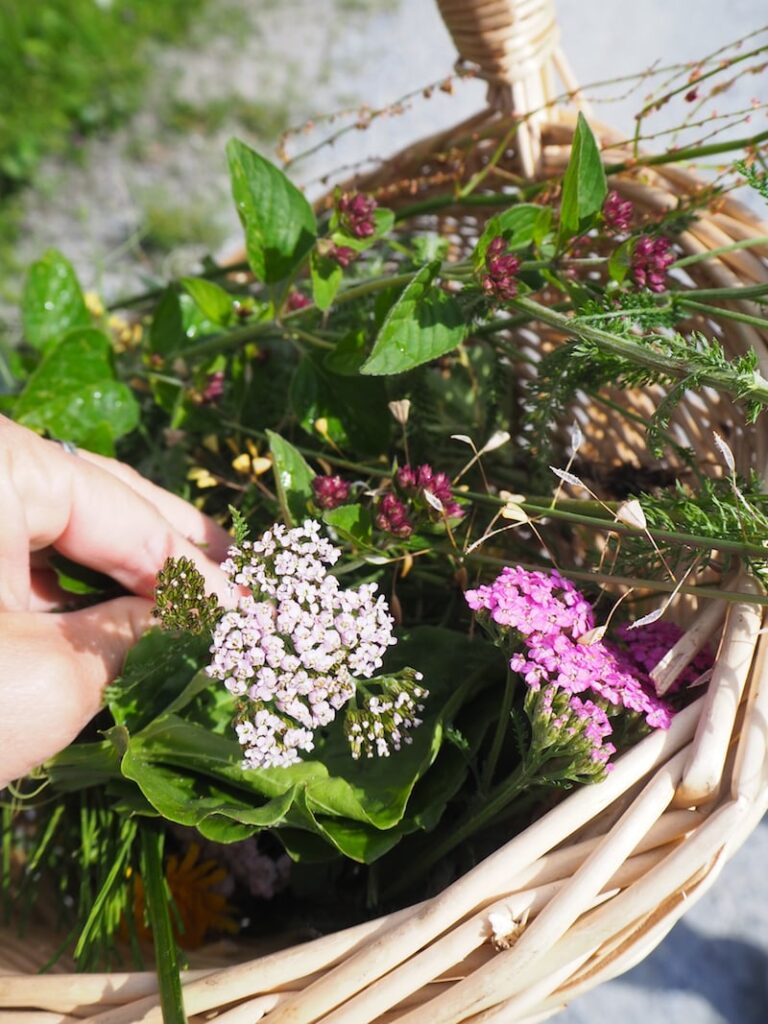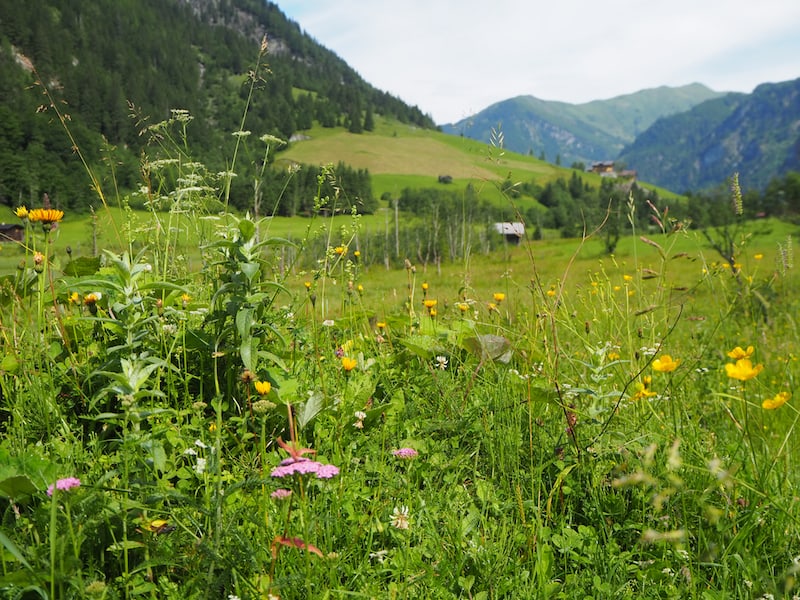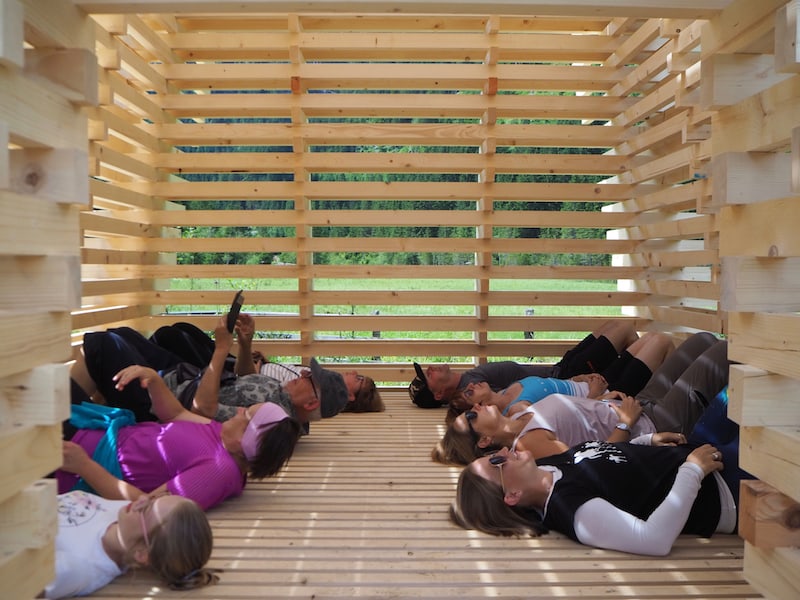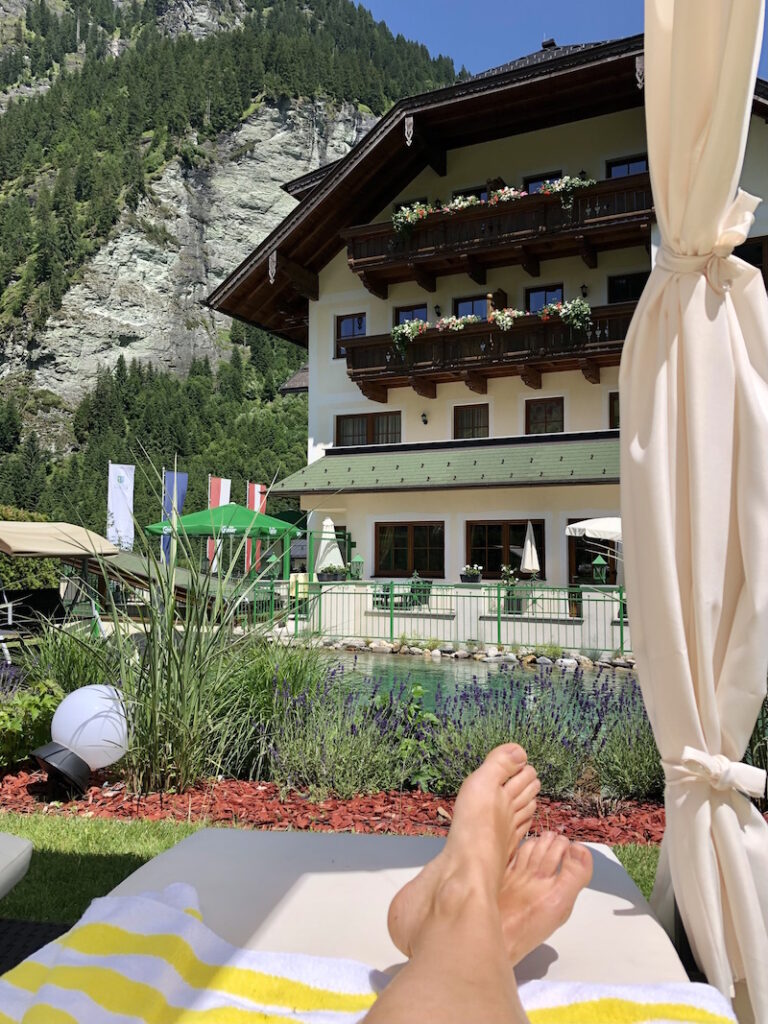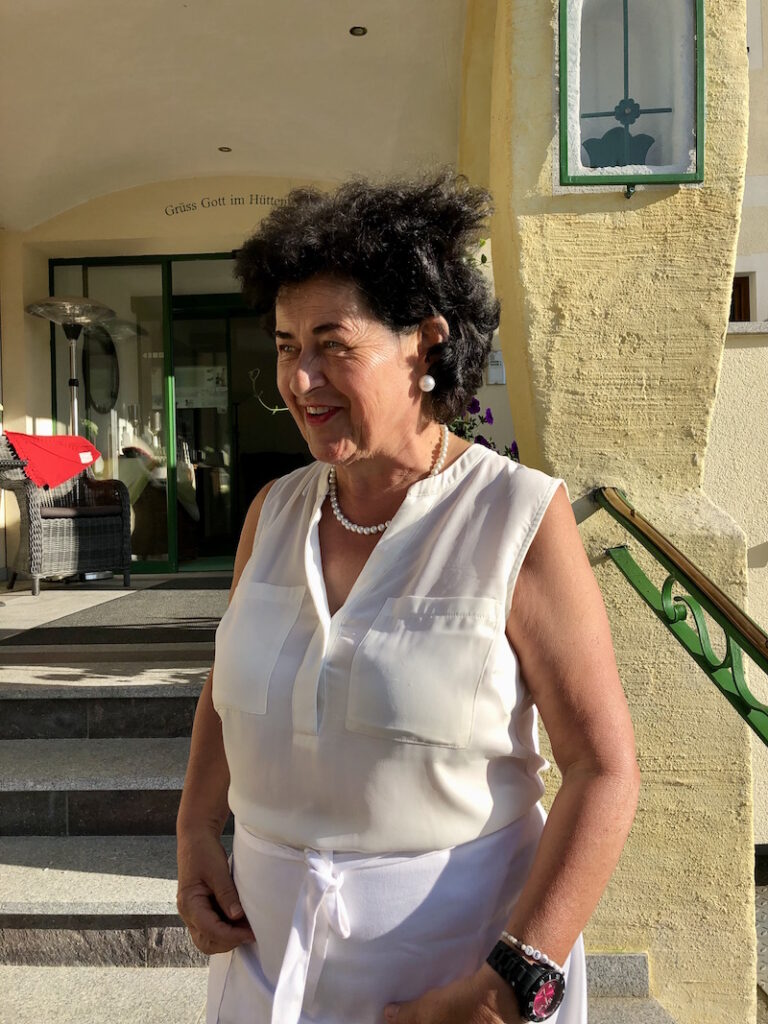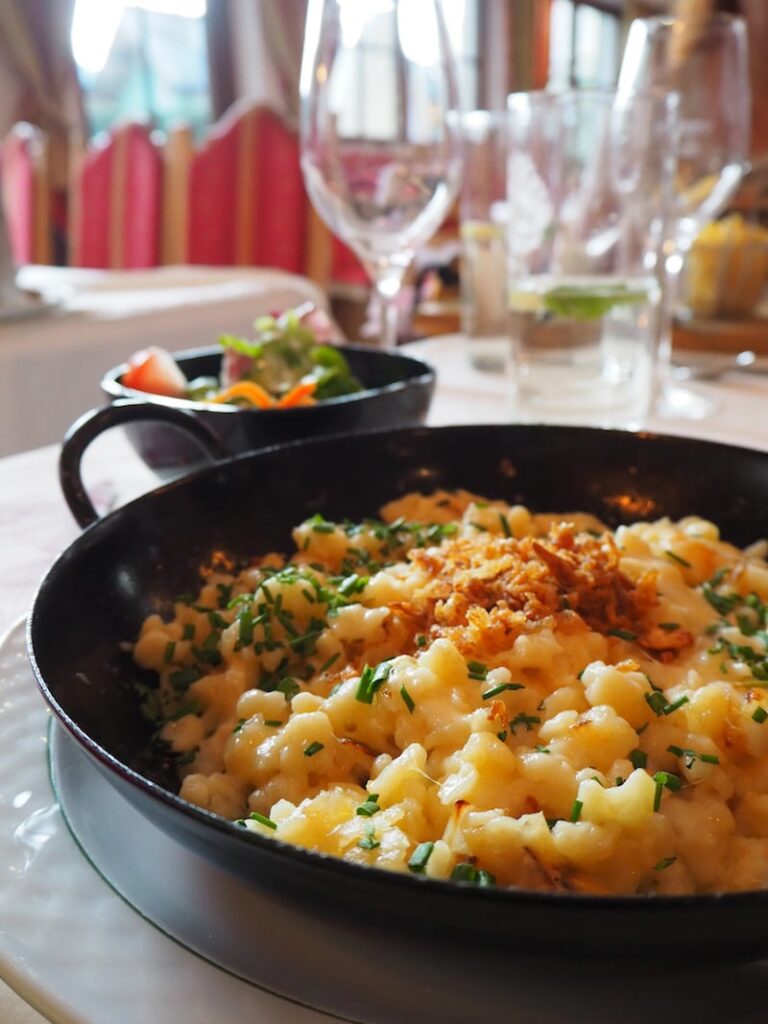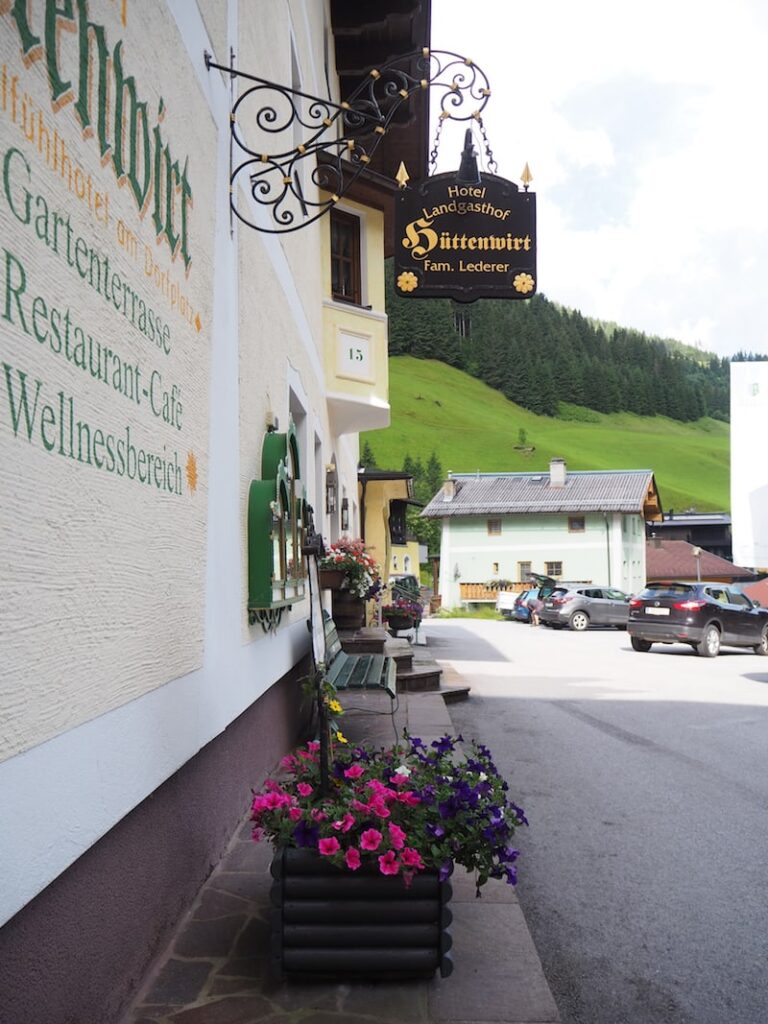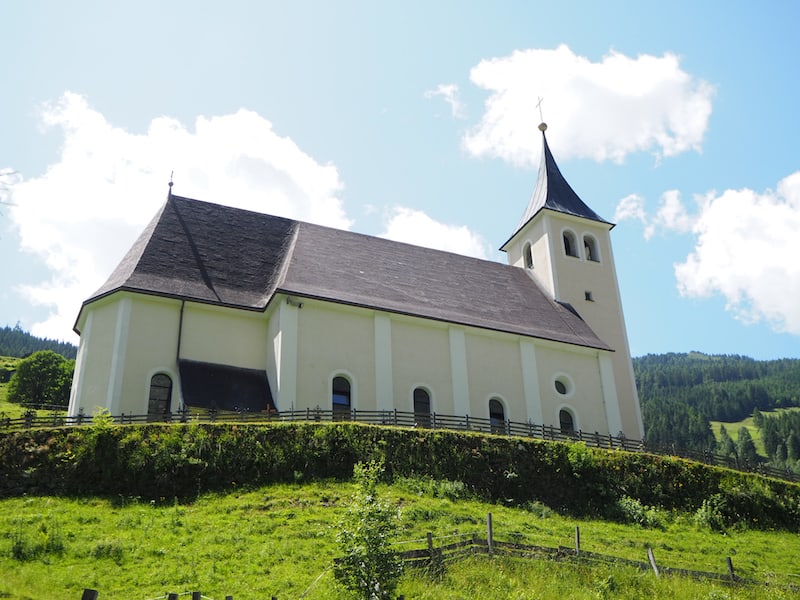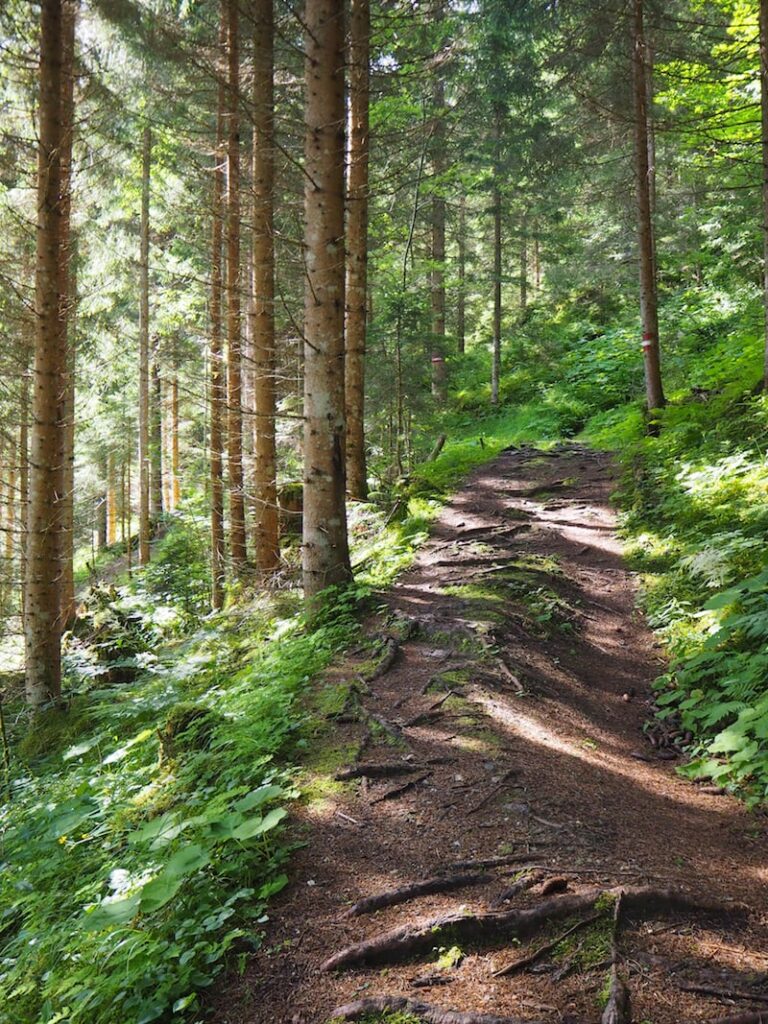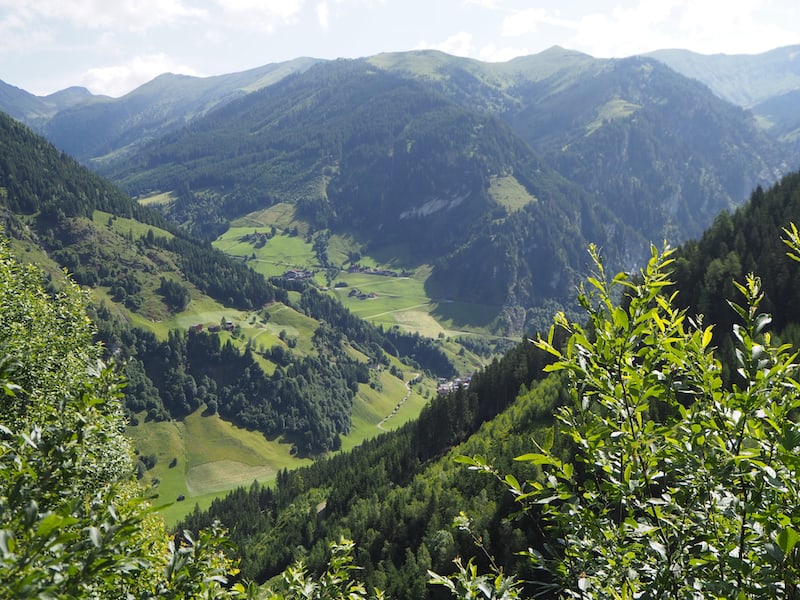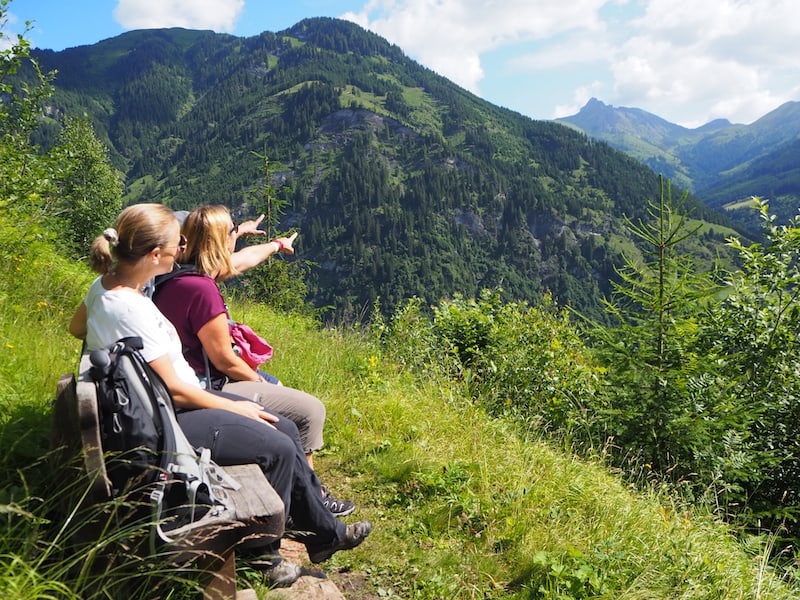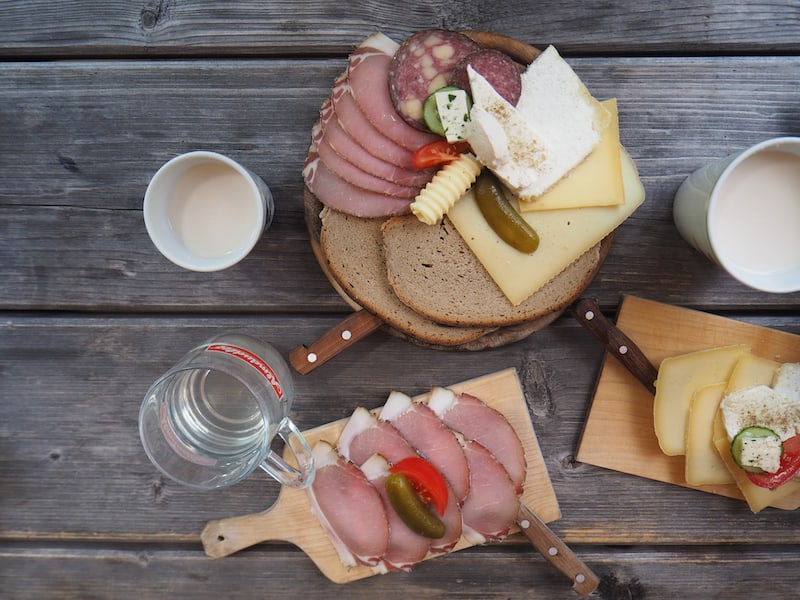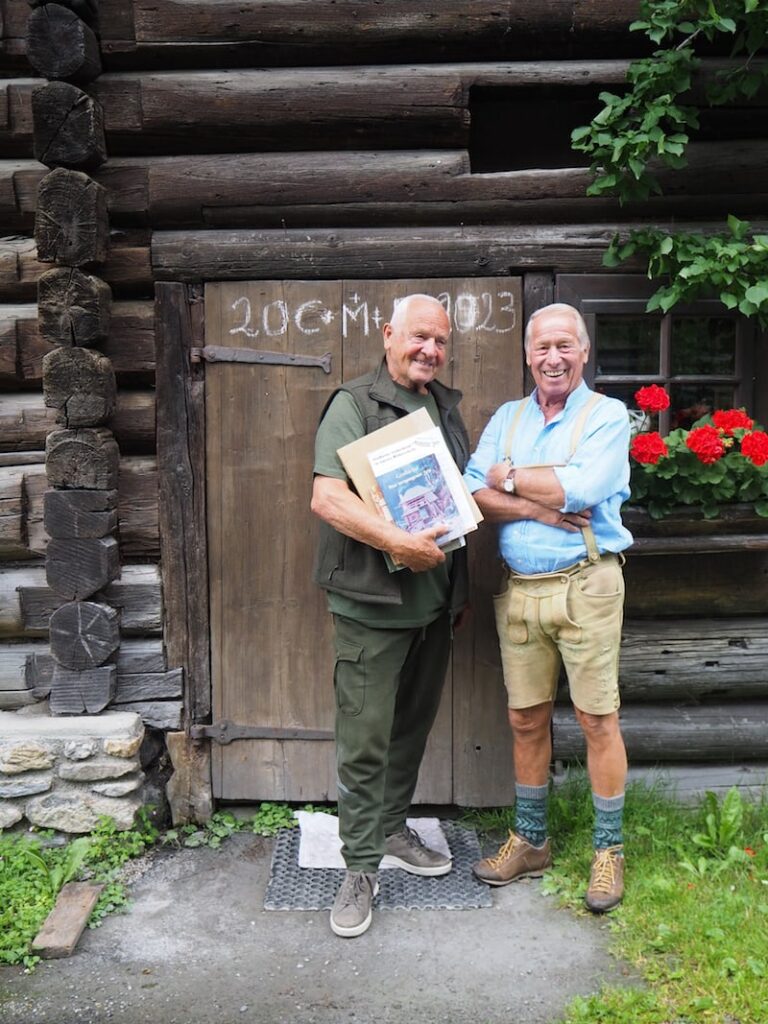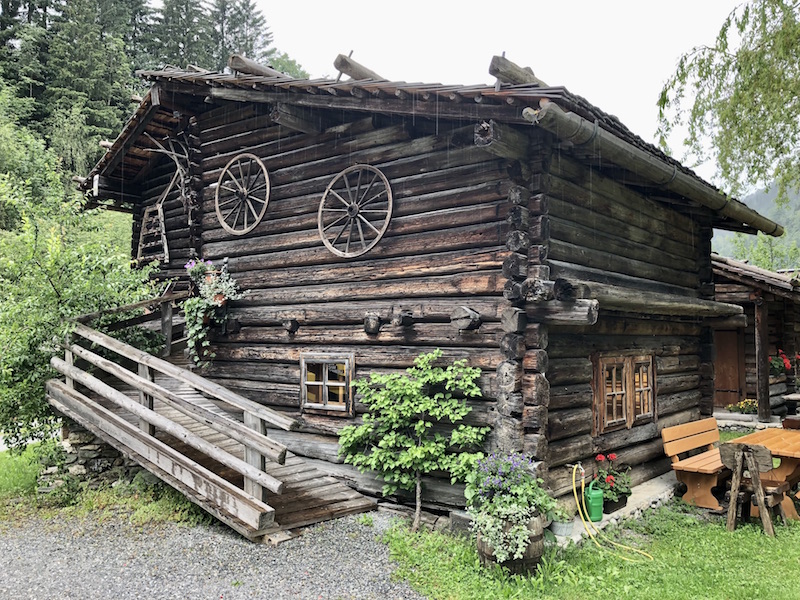The Grossarl Valley in Salzburg has really grown on me over the last few years. First I went hiking there with my husband and son, exploring the “Valley of Many Huts” (the Grossarl Valley has the most active, i.e. managed mountain huts in the whole of Salzburg, perhaps Austria). Then later, I came back with the whole family for the Salzburg Mountain Advent in Grossarl (grandparents, grandchildren and myself included).
Both trips allowed me to experience the Grossarl Valley in all its glory. And now? To top it off, I came to see a unique mountain art exhibition called “Kunstroas”, which redefines the term Land Art in a National Park. I simply had to see it!
So what exactly is the Kunstroas, and why should you, too, see these works of art at the head of the Grossarl Valley?
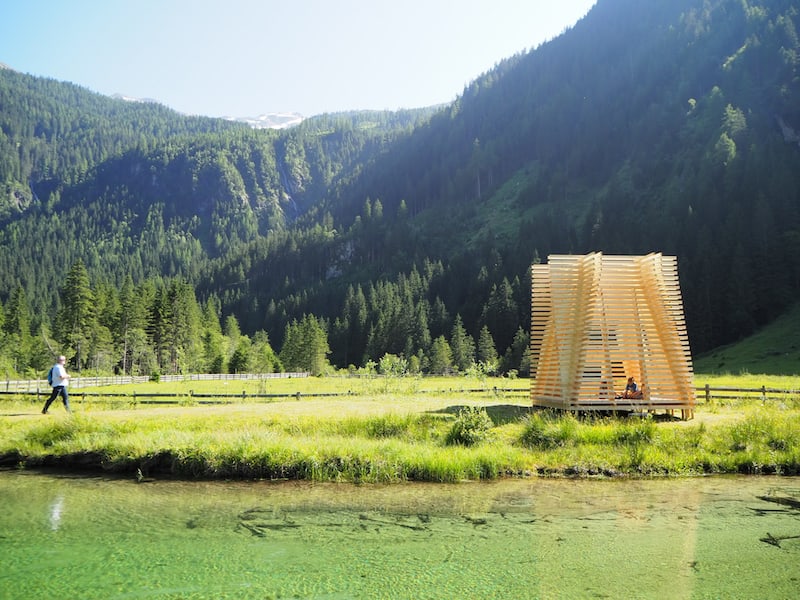
Kunstroas: Cleverly conceived works of art in front of one of Austria’s most imposing landscapes, at the head of the valley Hüttschlag – Ötzelsee, at the entrance to the Hohe Tauern National Park.
Kunstroas: “Surveying Nature” in the Grossarl Valley (until November 2023).
Can art encourage sustainability?
If you go on an art tour to the Grossarl Valley like we did, then the answer is of course yes. Art can indeed encourage sustainability – and in this particular mountain context I’d say it has to. Because what lies behind the Kunstroas artworks, as powerful as it may seem, is the backdrop of a fragile natural landscape. The first photographic work by Jörg Auzinger points us towards this. He asks: Will the Keeskogel glacier one day disappear, as in the artist’s rather gloomy scenario?
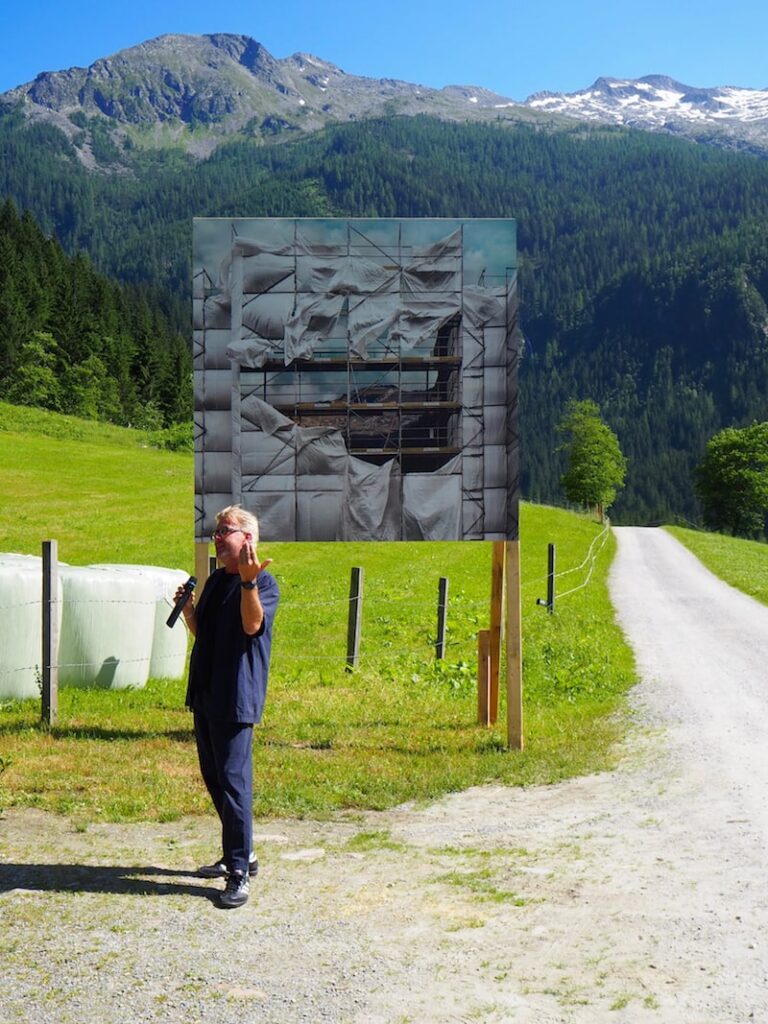
Jörg Auzinger presenting his hyperreality: the Keeskogel glacier (as seen on the mountain at the top right) completely without snow and ice, overlaid by construction plans as if to protect it in vain.
Clemens Bauder, on the other hand, points us towards the disappearance of hay barns that were once so typical of a mountain region like the Grossarl Valley. He has built two “modern hay barn variations” as part of the Kunstroas Land Art Exhbition. At the interface of art and architecture, anyone can walk through them and experience his artwork. Together with students from the Holztechnikum Kuchl Technical High School, he and his father, “the best foreman there is”, erected the unique wooden haystacks in just a few days. Wow!
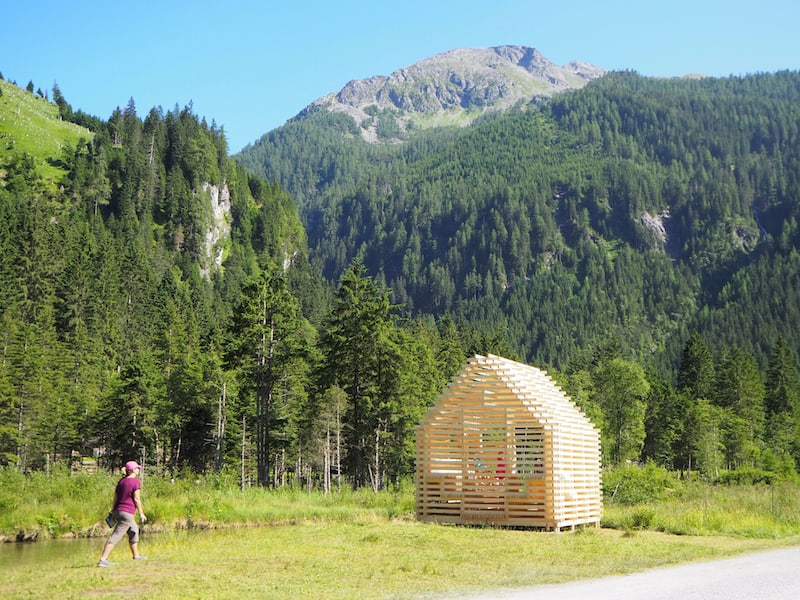
Mountain hut or hay barn? Maybe both. The wooden barns built by Clemens Bauder at the head of the Grossarl Valley.
Ingrid Schreyer’s work called “Glass, Eyes, Lights” also deserves a particular mention. She draws our attention to the dialogue between what’s visible and what’s invisible. This invisible is often right before our eyes. It makes me think that sometimes we, as humans, also stumble through life (or the forest) as if blind. Her glass-engraved drawings near the beautiful Ötzelsee Lake make me come to rest, discovering her particular forest creatures.
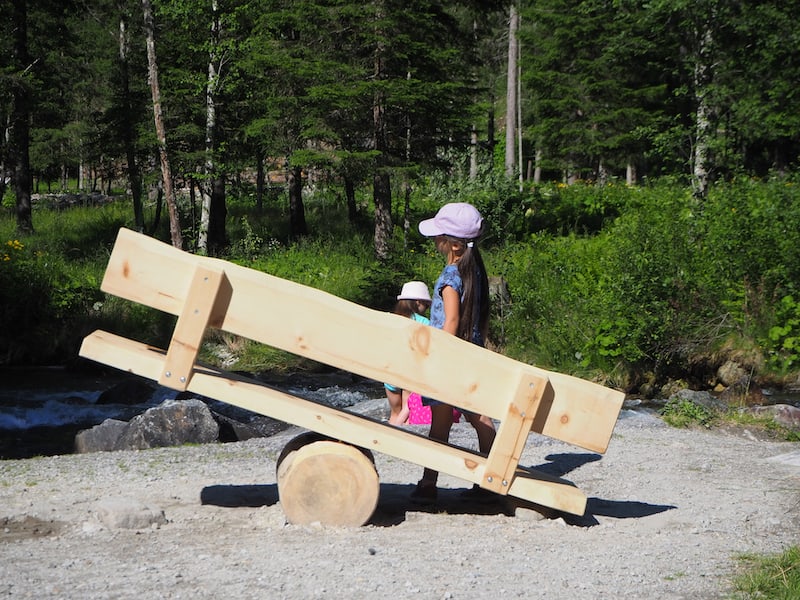
The artist duo “heri & salli” invites you to the amusing task of finding your own balance on this bench, or piece of art fittingly called “In balance” right by the Ötzelsee Lake … you can only keep it in balance with a neighbour!
Last but not least, we admired the work of Hungarian artist Dora Medveczky and Swiss artist Fabio Spink, called “Taking Land“. They look at fences, and boundaries: What does a boundary, a fence, do to us? Who or what is inside, or outside? Who determines that anyway, and how?
Fences, say the artists, do not naturally occur. They are a result of human creation and interaction. Through a hole in the fence, I finally get “inside” their work of art. There I ask myself: am I now “inside”, do I belong – or am I now imprisoned after all?
Questions we should all ask ourselves from time to time. Clever, exciting reflections as part of the Kunstroas Land Art Exhibition. Check this out.
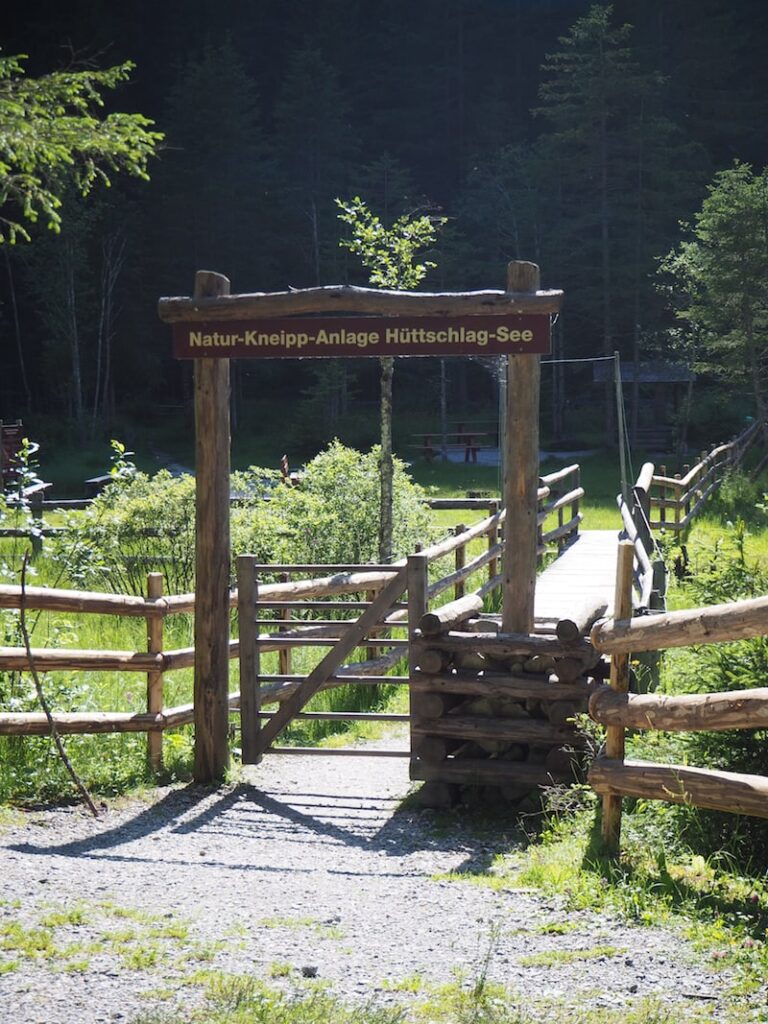
Tip: If you want to take a break or refresh yourself, you are welcome to use this Kneipp facility, also very close to the Ötzelsee Lake at the end of the valley. I have very good memories of my perfectly refreshed feet …!
Around the Kunstroas: Herb and yoga hike in the valley head and along the artworks.
The Kunstroas in the Grossarl Valley can also be experienced in a completely different way: As part of a guided yoga or herbal hike, directly incorporating the works of art!
Barbara Hettegger, aka “Soulsistas”, knows how to do it: I’ve really enjoyed her yoga sessions in Clemens Bauder’s haybarn! And it’s Maria Feyersinger who teaches me about the most common herbs and flowers along the Kunstroas and in the valley head of the Grossarl Valley.
You can find all the dates of the art education programme that take place during the summer months on the Kunstroas website.
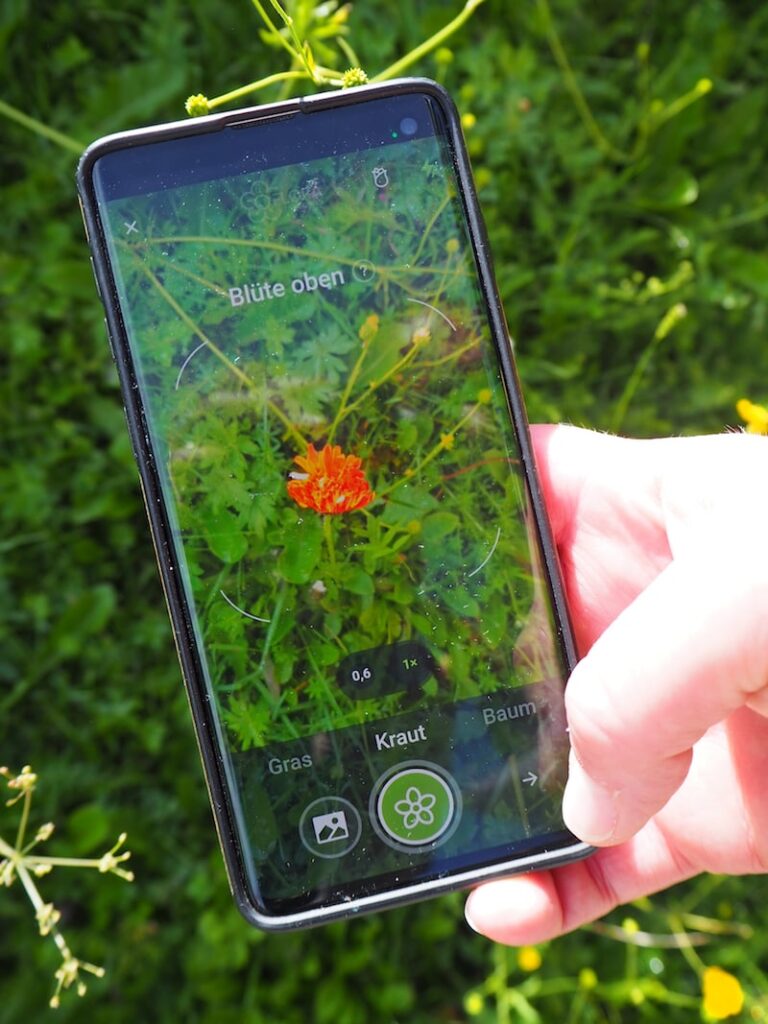
… and if ever we miss one of the flowers or herbs, we simply look it up in the “Flora Incognita” app!
When visiting the Kunstroas, you can stay at the Nature Hotel Hüttenwirt in Hüttschlag, Grossarl Valley.
As a starting point for your discoveries of the Grossarl Valley, I can recommend you pick the village of Hüttschlag at its valley head, including the Nature Hotel Hüttenwirt. Every day, the owners greet us by our names, address us personally and treat us in a way that leaves nothing else to be desired. After exploring the natural surroundings, it is worth taking a dip in the natural pool of the hotel right next to the main building.
The hotel itself is family-run in the seventh generation and, as a tavern, has always been a meeting place for locals. We listen to the somewhat entertaining mountain dialect, enjoy a generous breakfast or dinner, and simply relax in the warm atmosphere here.
More nature and culture experiences in the Grossarl Valley: Hike towards the Hubalm mountain hut and our visit of the local Kösslerhaus Museum in Grossarl.
From the Nature Hotel Hüttenwirt, you can walk to the Hubalm mountain hut as part of a lovely, easy forest hike. It is about one hour away from the hotel. The hike leads along a path and runs mostly through a cool, shady forest. Walking back, you can then choose the much sunnier forest road if you like.
For the hike, we took our time. Time to discover nature, take some pictures and chit-chat along the way. It turned out to be a really comfortable half-day hike. Also, the beautiful mountain panorama alone is worth the hike to the Hubalm!
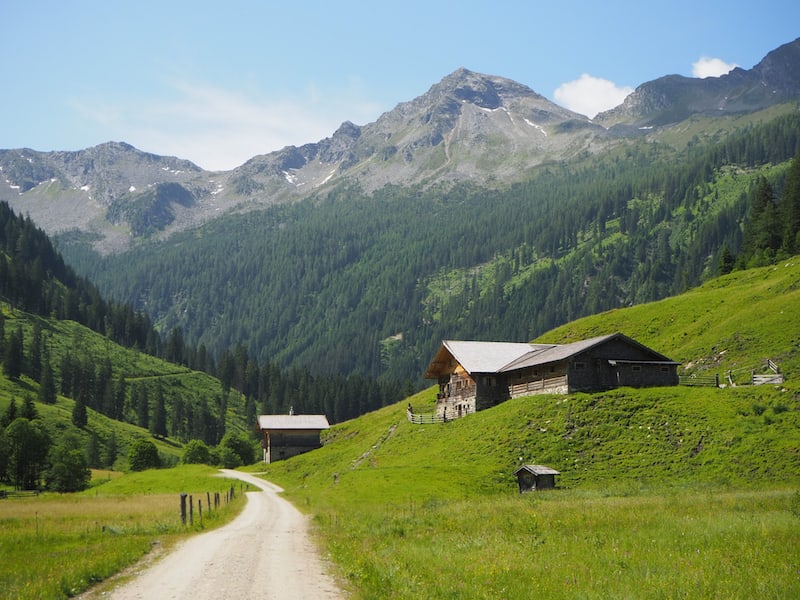
A little further back in the valley, the forest opens up to reveal this magnificent mountain panorama, including the Hubalm hut to the right.
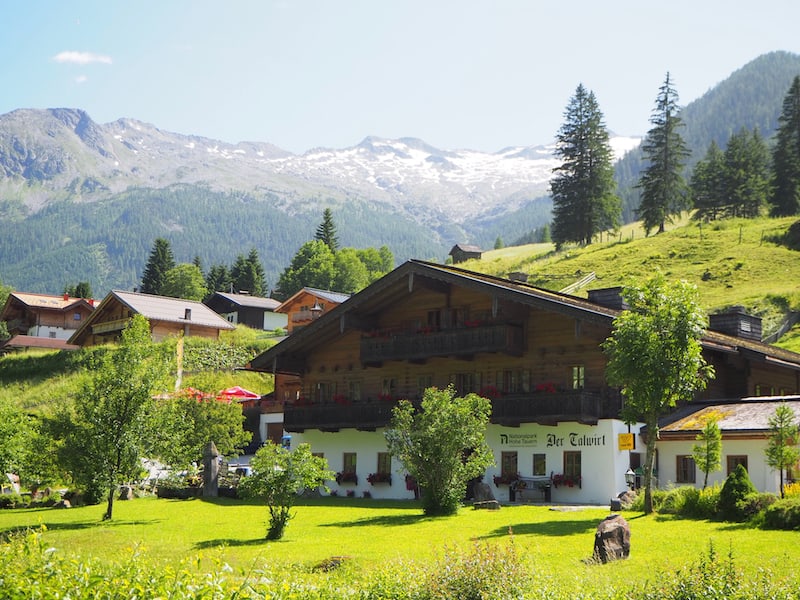
You can also have great local snacks at the Talwirt restaurant at the head of the Grossarl Valley, right by the entrance to the Hohe Tauern National Park. There is also a small museum about the National Park itself.
Last but not least, we have the pleasure of visiting the Kösslerhaus Museum near the town of Grossarl. During our visit, we are joined by Walter Mooslechner, the chairman of the Grossarl Mountain Museum Association. The Kösslerhaus is an actual miner’s house from the 16th century. The many pictures, tools, exhibits, stories and letters testify to just how hard work, and life itself, must have been here in the past. Walter Mooslechner emphasises the work of the dialect researcher Dr. Karl Fiala, who described the development of the Grossarl dialect over the centuries.
As I walk through the museum, I ask myself: How did all the women and children fare here? Life in the mountain regions of the Alps was certainly not easy. It is worth taking a look into the past, especially here, to become aware of the relative prosperity we live in today.
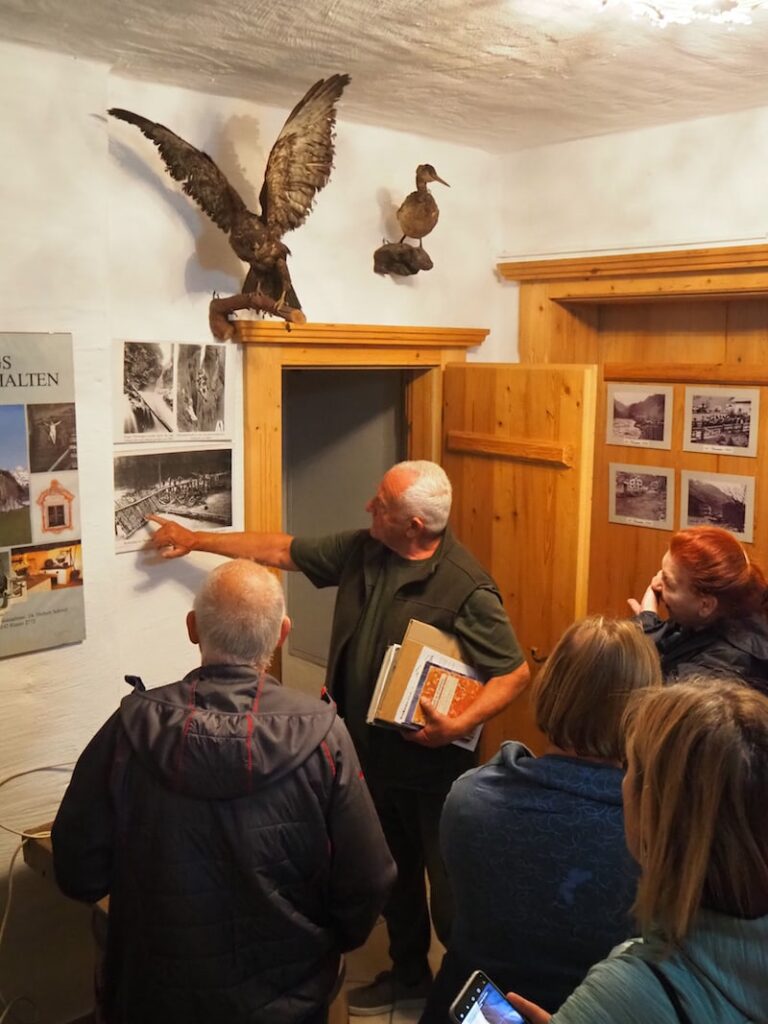
… he loves to show us around the museum, which holds many interesting facts also related to his personal life …
Check out some more Kunstroas travel pictures from around the Grossarl Valley here:
Disclaimer: I have been invited by the local tourism association to visit the Kunstroas as well as the Grossarl Valley. All opinions are my own.
